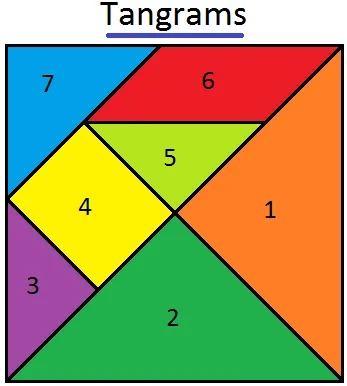Cracking the Code: How Math and Logic Puzzles Fuel Your Coding Journey

While Math and logic puzzles may seem worlds apart from Coding, they’re actually closely intertwined through a shared passion for problem-solving. Whether you’re cracking a Sudoku, arranging Tangram pieces, or deciphering binary puzzles, you’re essentially flexing your brain’s coding muscles. Let’s dive into some exciting examples to see how this synergy unfolds.

Sudoku: The Logic Playground
Sudoku, a worldwide puzzle phenomenon, is a splendid showcase of logical thinking. Each Sudoku Puzzle presents a 9×9 grid, split into 3×3 subgrids, with some numbers already filled in. Your mission? Fill in the empty cells so that every row, column, and subgrid contains all numbers from 1 to 9, with no repeats.
Now, think about this: creating a Sudoku solver with code. You’d have to design an algorithm that methodically examines each cell, checks the possibilities, and deduces the correct numbers to fill in. This coding journey not only conquers Sudoku but also hones your logical reasoning and problem-solving prowess.

Tangrams: Where Geometry Meets Creativity
Tangrams, originating from ancient China, are a delightful blend of geometry and creativity. This puzzle comprises seven pieces, called “tans,” that can be arranged in various configurations to form diverse shapes and figures. Solving Tangrams demands spatial reasoning, visualization skills, and a dash of artistic flair.
But what if you code Tangrams? You’d be embarking on a unique adventure. You’d craft algorithms to manipulate these seven shapes, ensuring they fit together seamlessly to create the desired patterns. It’s like solving a tangible puzzle with lines of Code, blending logic with artistic expression.

